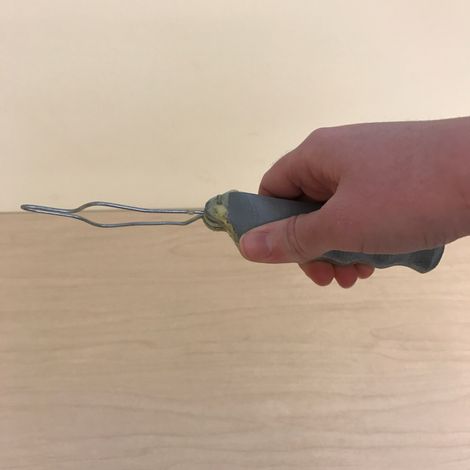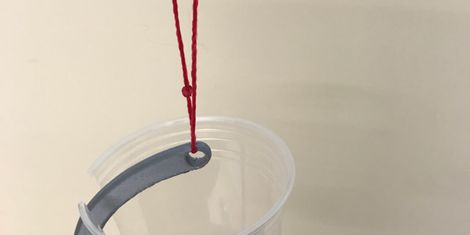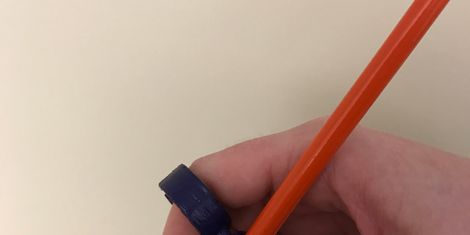OT3D: Improving Quality of Life in Older Adults



As a board certified occupational therapist (OT), I've valued interventions that generate improving quality of life in the older adults I treat. A few years ago I was given the opportunity to be the supervisor of the Elder Mentor Project. The Elder Mentor Project was designed as an experiential learning project that provides occupational therapy students an opportunity to develop interactive reasoning skills and share lived experiences of older adults. It provides the student opportunities to gain insight into changes in client factors, occupational performance patterns (AOTA, 2014), contextual demands of housing, and environmental influences that emerge as one ages, and how these influence occupation (Bonder & Bello-Hass, 2009). The process was designed to allow students to take the lead in their learning experiences, and to work as a team, within a community, and with an older adult. To enhance the learning experiences of the students, the immersion in CAD and 3D printing was developed through a pilot program, OT3D (representing Occupational Therapy to the "3D" power). The pilot project involved a one-on-one mentorship of a community-dwelling elder on life skills and assistance in improving quality of life. I supervised 41 OT students in developing 3D printed items that would prove to be beneficial to the older adult population. Many of the items were complex in nature; however, the most meaningful items not only addressed the physical needs but also incorporated the psychosocial needs of the older adult. The project was evaluated on three levels: usability, client specificity, and affordability. This project served as a gateway to a new community resource, interprofessional collaboration and as inspiration for future occupational therapists to embrace the unique technology of 3D printing as a viable resource for adaptive equipment. Occupational therapists are essential in developing future technologies to improve all aspects of daily living for older adults.